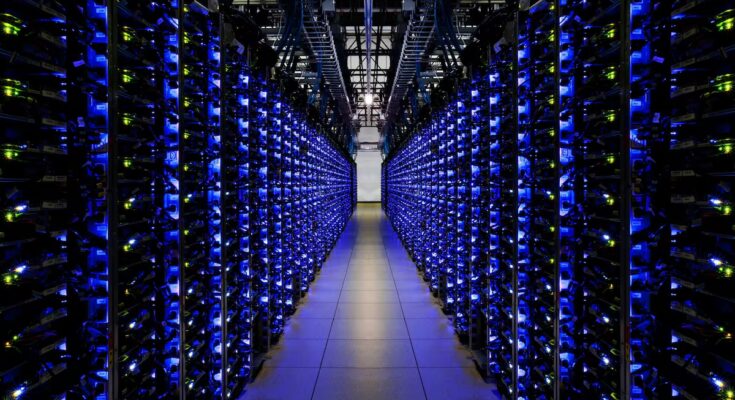The CEO of Alphabet, Google’s parent company, made an unexpected announcement Tuesday evening. “Our processors will go to space!” Sundar Pichai said on his social networking accountmachine learning), one of the legs of artificial intelligence (AI), so that they are close to the Sun and exploit its energy. Google sees space data centers as the answer to the AI energy crisis.
“Project Suncatcher is exploring how we might one day build scalable machine learning computing systems in space by harnessing more solar energy (which emits more than 100 billion times humanity’s total electricity output),” the executive noted in his message.
Pichai acknowledges that there are still several technical challenges to solve, such as thermal management of processors in space and studying the performance of chips in orbit. But he also confirmed that some progress has already been made, such as the fact that TPUs (Google’s special AI processors) survived a test in a particle accelerator that mimics the radiation levels of low orbits.
Our TPUs are headed for space!
Inspired by our history of traveling to the Moon, from quantum computing to autonomous driving, Project Suncatcher is exploring how we might one day build scalable ML computing systems in space, harnessing more solar energy (which emits more energy than 100… pic.twitter.com/aQhukBAMDp
— Sundar Pichai (@sundarpichai) November 4, 2025
The American microsatellite company Planet has signed a deal with the technology company to send the first processors into space in early 2027. If these tests are satisfactory, Google will launch an entire space computing infrastructure.
The AI energy crisis
The race for artificial intelligence, accelerated globally since OpenAI launched its chatbot ChatGPT in November 2022, has thrown tech giants into a frenzy of building data centers, the structures filled with processors that make artificial intelligence possible. The more this technology is used, the greater the processing needs will be and the shorter existing infrastructures will become.
The exponential growth in the number of next-generation processors deployed in data centers has caused the energy demand of these facilities to skyrocket. OpenAI CEO Sam Altman declared almost years ago, at the 2024 Davos Forum, that artificial intelligence was about to cause a global energy crisis: “There’s no way we’re going to get there without drastic changes,” he blurted out.
Aware that there is not enough supply, Altman and other technology executives are investing out of their own pockets in the development of nuclear fusion, a technology still far from a reality. Meanwhile, some companies, such as Microsoft, Amazon or Google itself, are taking steps to recover old nuclear power plants or even develop pocket nuclear reactors to power their data centers.
This is the context in which this new space initiative is set. At Mountain View they believe that a possible solution to the energy challenge of artificial intelligence is to bring processors closer to the Sun, so that they can better capture its energy power.



